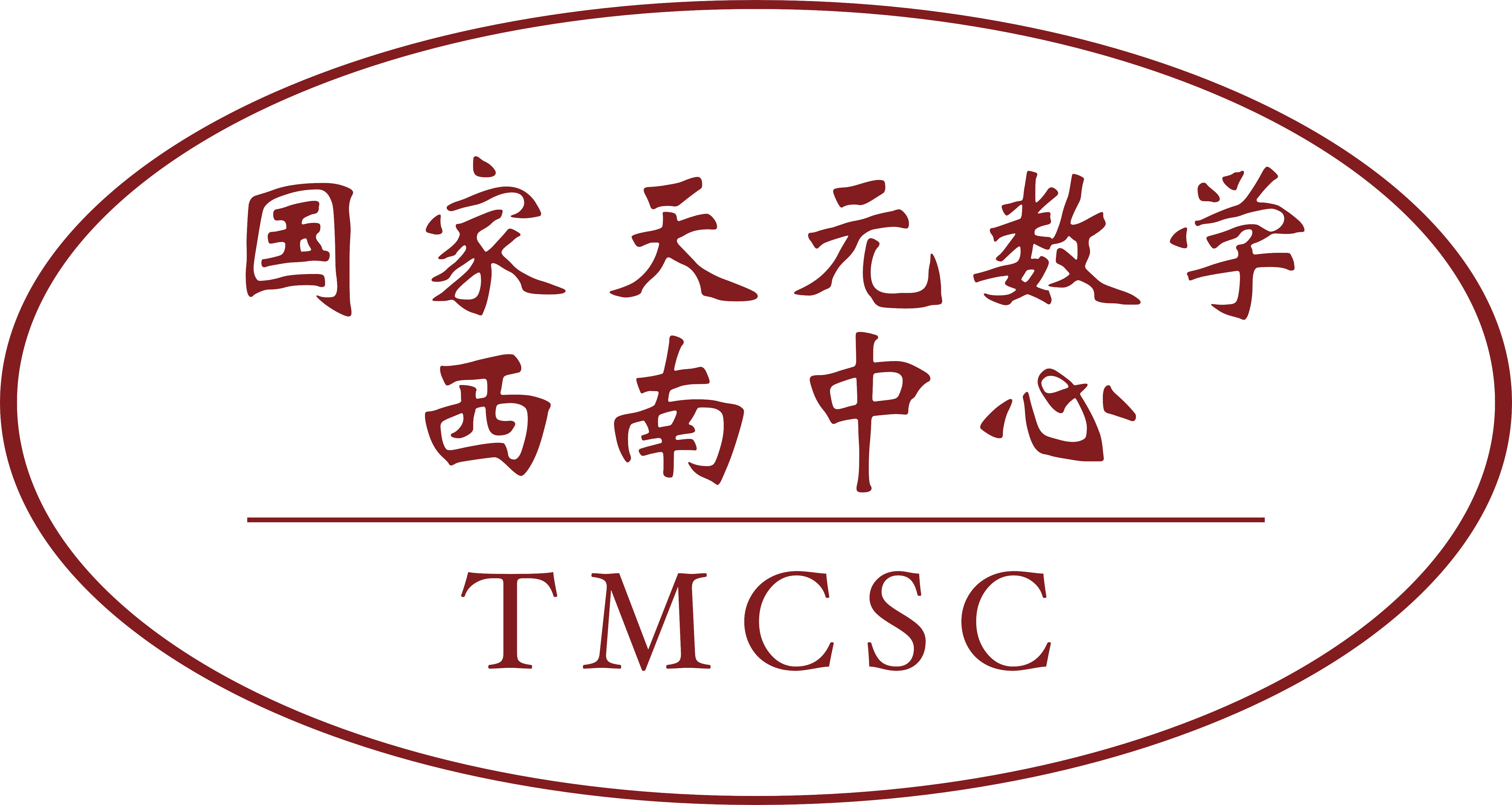2020 Thematic Program (I)
Representations of rational Cherednik algebras
[TMCSC]
December 23-27, 2020
W303 School of Mathematics, Sichuan University
![[minicourse II]1223-27Joao Schwartz.png [minicourse II]1223-27Joao Schwartz.png](http://tianyuan.scu.edu.cn/upload/default/20191218/%5Bminicourse%20II%5D1223-27Joao%20Schwartz.png)
SPEAKER
Joao Schwartz (University of São Paolo, Brazil)
ABSTRACT
In this minicourse we will study some introductory aspects of the rich representation theory of rational Cherednik algebras. Our scope will be modest, given the very technical aspect of parts of the subject matter. In particular, we work only with complex reection groups which are finite Coxeter groups. After defining our main object, we discuss some structural aspects of our algebra such as the PBW theorem; and we introduce the important spherical subalgebra. Then we move to the study of the category O for rational Cherednik algebras, pointing the analogies with the similar category of modules for semi-simple Lie algebras introduced by Bernstein-Gelfand-Gelfand. We discuss some of its basic properties, such as decomposition in blocks, standard modules and their irreducible subquotients (in parallel with the situation of Verma modules in Lie theory). Essential use is made of the grading element (a deformation of the Euler vector field). We also discuss the category O in the context of a highest weight category [5], and see that it is generically semissimple. Then we discuss Dunkl operators and the Dunkl embedding, which together with the idea of monodromy representation of the braid group permits us to introduce the Knizhnik-Zamolodchikov (KZ) functor relating the category O with the category of modules for the Hecke-Iwahori algebra associated with the Coxeter group. Finally, we briefly discuss the notion of Harish-Chandra bimodules, introduced in [1], to analyze simplicity and Morita Equivalence of a rational Cherednik algebra and its spherical subalgebra. Main sources of the material are [3], [1], [5] and [2], and references therein. Surveys and lecture notes useful for the purpose of this minicourse are [4] and [6].
References
[1] Y. Berest, P. Etingof and V. Ginzburg, Cherednik algebras and differential operators on quasi-invariants, Duke Math. J. 118 (2003), 279-337.
[2] C.F. Dunkl and E. Opdam, Dunkl operators for complex reection groups, Proc. London Math. Soc. 86 (2003), 70-108.
[3] P. Etingof and V. Ginzburg, Symplectic reection algebras, Calogero-Moser space and deformed Harish-Chandra homomorphism, Inv. Math. 147 (2002), 243-348.
[4] P. Etingof, X. Ma. Lecture notes on rational Cherednik algebras. arXiv:1001:0432.
[5] V. Ginzburg, N. Guay, E. Opdam, and R. Rouquier, On the category O for rational Cherednik algebras, Inventiones Math. 154 (2003), 617-651.
[6] R. Rouquier, Representations of rational Cherednik algebras. arXiv:math/0504600.
More references:![]() Minicourse Biblio.pdf
Minicourse Biblio.pdf
VIDEOS
- Representations of rational Cherednik algebras I
- 14:00 - 16:00, 2019-12-23 at W303 School of Mathematics
- Joao Schwartz (University of São Paolo, Brazil)
- Representations of rational Cherednik algebras II
- 14:00 - 16:00, 2019-12-24 at W303 School of Mathematics
- Joao Schwartz (University of São Paolo, Brazil)
- Representations of rational Cherednik algebras III
- 14:00 - 16:00, 2019-12-25 at W303 School of Mathematics
- Joao Schwartz (University of São Paolo, Brazil)
- Representations of rational Cherednik algebras IV
- 14:00 - 16:00, 2019-12-26 at W303 School of Mathematics
- Joao Schwartz (University of São Paolo, Brazil)
- Representations of rational Cherednik algebras V
- 14:00 - 16:00, 2019-12-27 at W303 School of Mathematics
- Joao Schwartz (University of São Paolo, Brazil)
